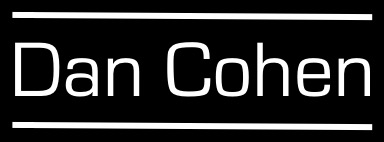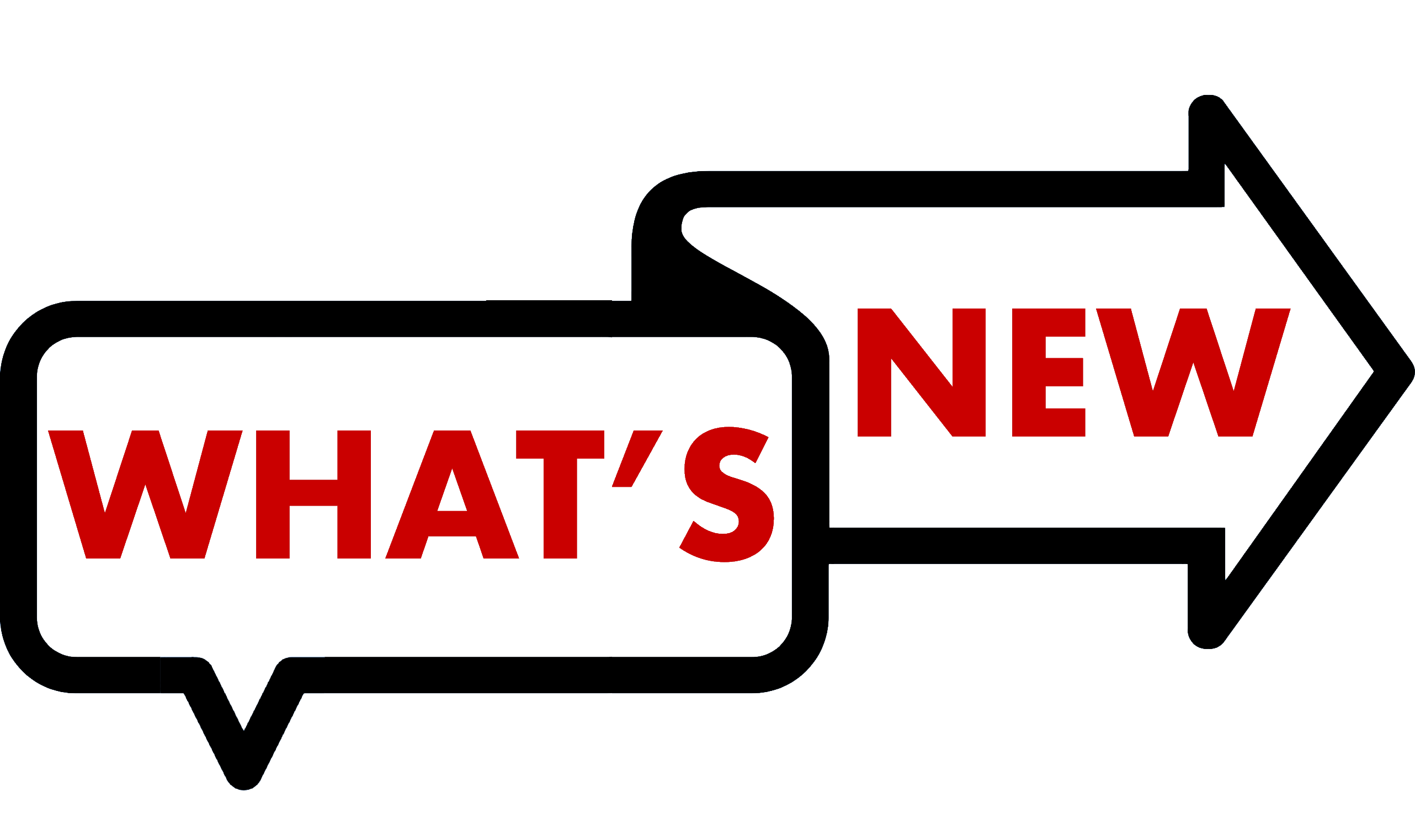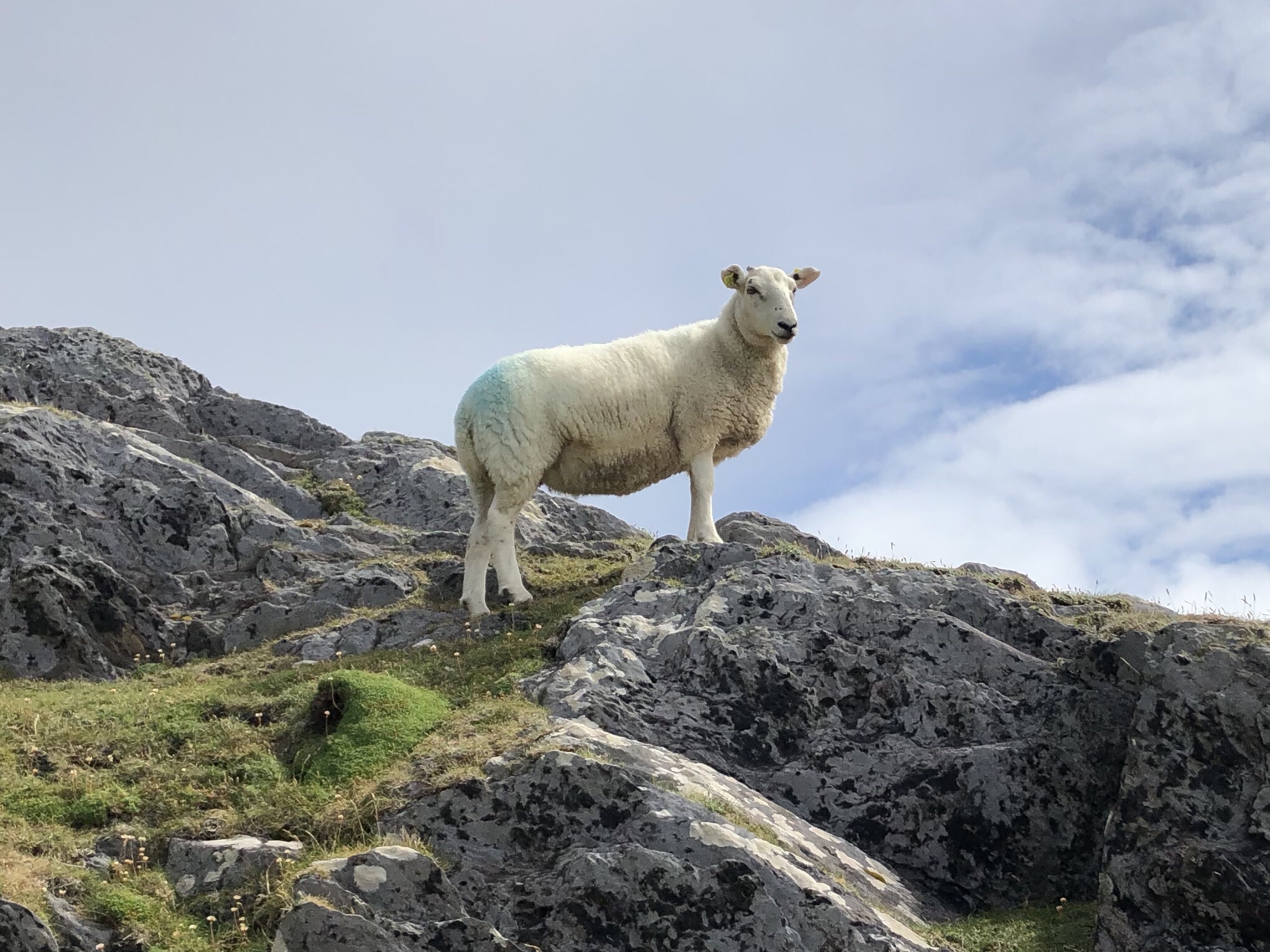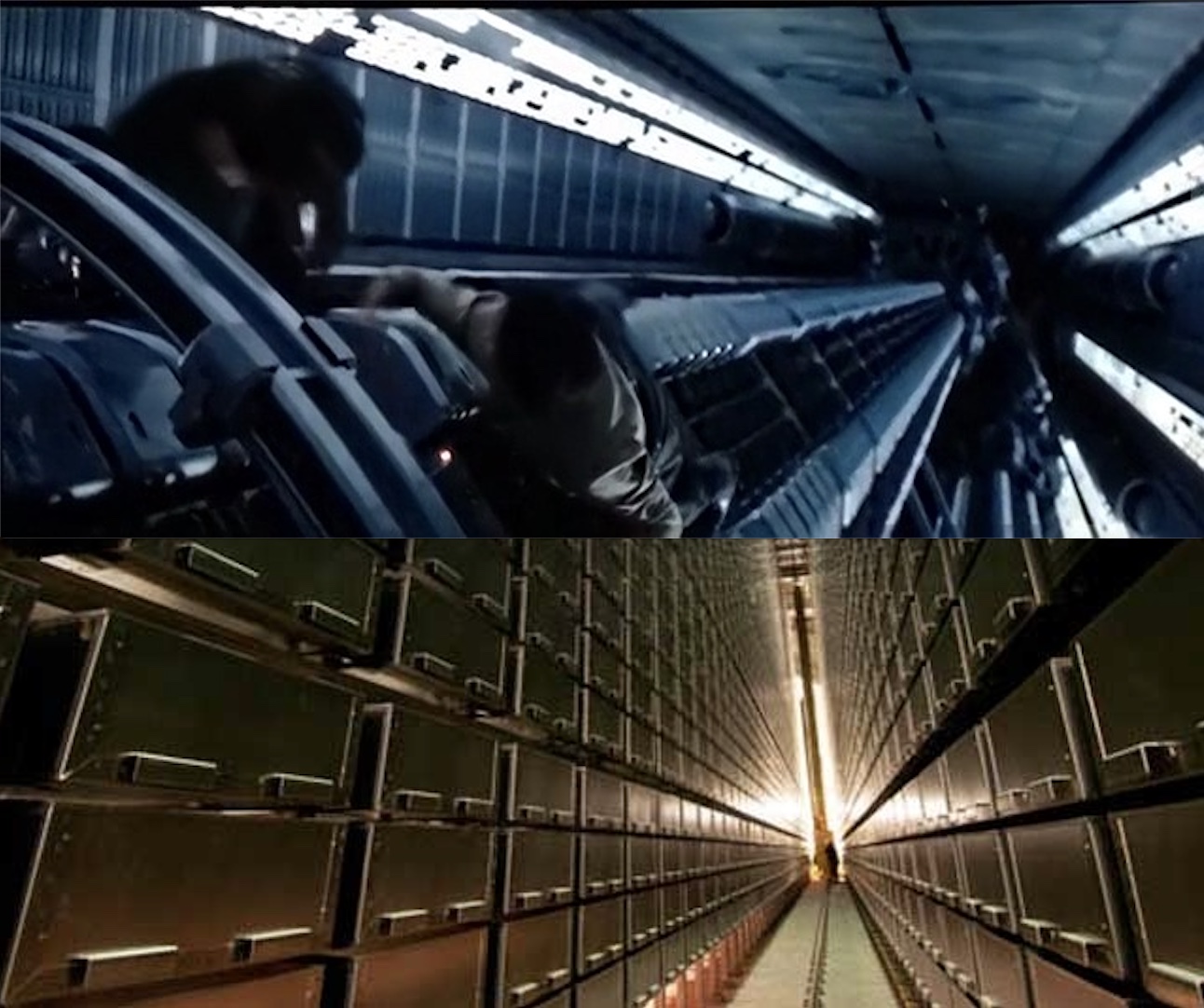[The text of my keynote at the Sound Education conference at Harvard on November 2, 2018. This was the first annual conference on educational and academic podcasts, and gathered hundreds of producers of audio and podcast listeners to discuss how podcasting can effectively and engagingly reach diverse audiences interested in a wide range of scholarly fields.]
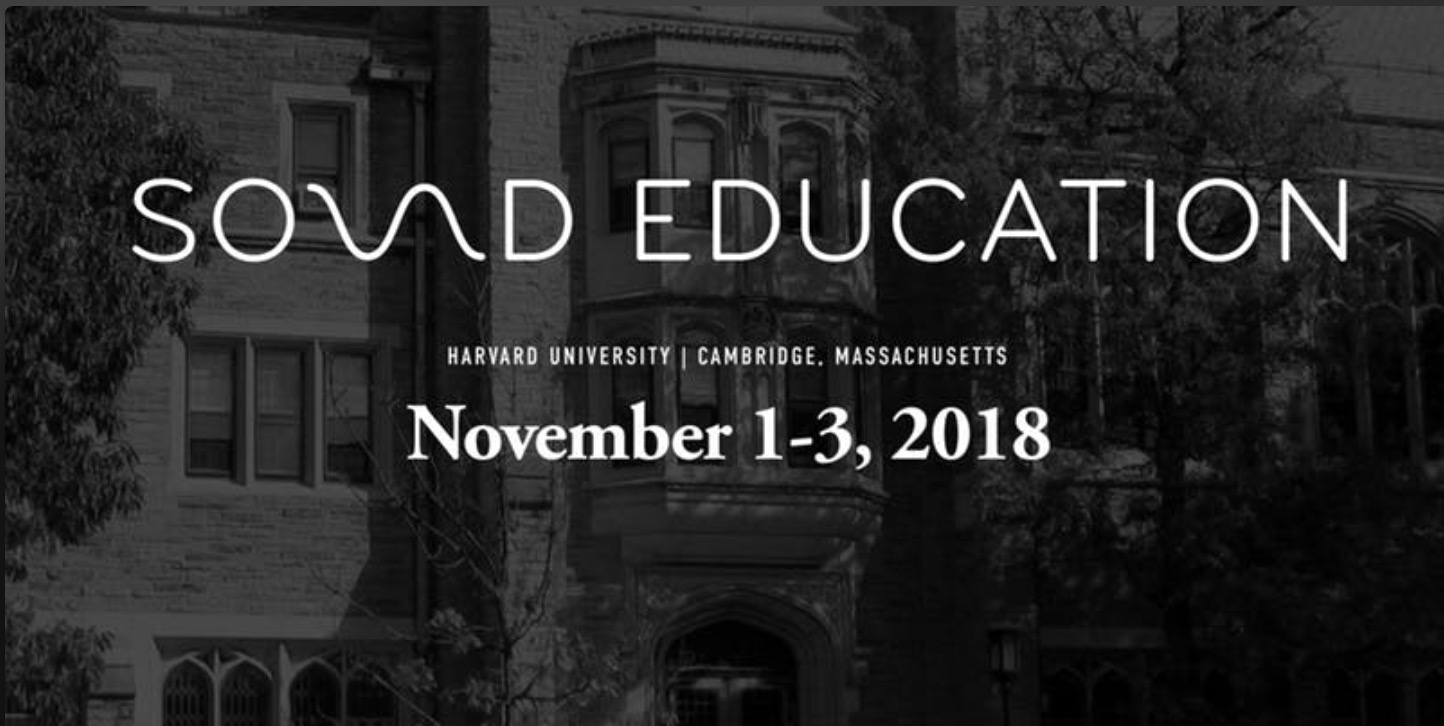
It’s great to be back here in Andover Hall. I received a master’s degree in theological studies from Harvard Divinity School, and being in this chapel reminds me of what I was thinking about during my two years studying the history of religion. It is, perhaps surprisingly, germane to what I want to talk about today.
Studying religion means studying the biggest questions, the unanswerable questions. The study of religion is, necessarily, humbling. If it occasionally approaches higher truths, it also reminds us that human knowledge is woefully incomplete and fallible.
But this fallibility and the way we stumble toward the truth is not communicated regularly or well by academia to the outside world. Our formal communications take other forms that are more, shall we say, braggadocious. The academic monograph and article are necessarily shaped to show off expertise. These written forms have scholarly accoutrements, like the jewelry of footnotes, that make them dressed to impress. Mostly, of course, they are dressed to impress one’s peers.
On the other side of the academic house, press releases and magazine-like pieces from the university communications office are aimed at impressing the broader world, and to garner coverage beyond the walls of the academy. But these are also forms of writing that stay in a narrow lane, crowded as they are with spunky, crafted quotations from a world in which everything is a game-changing breakthrough.
But we’re here for podcasts. Let’s not dwell on these forms of academic expression other than to recognize them for what they are: genres. The press release and the academic article and the monograph may all be about scholarly research, but they are distinct genres, and throughout my brief remarks this morning, I want to encourage you to think about podcasts in terms of genres as well. I want you to think about the genre for your podcast.
Genres are enormously helpful structures. They are commonly agreed upon forms of communication that provide identifying signals to the audience about what they are reading, viewing, or in the case of podcasts, listening to. Genres give the audience, often unconsciously and rapidly, a general category for a creative work, which in turn colors its reception.
Genres prep the podcast listener’s ears and mind through repetition, recognition,and expectation. Conforming to a genre telegraphs structural information to the audience and makes audio more palatable and relatable.
Podcast elements like intro and outro music, for instance, are genre-building. They orient the listener, who after all might be tuning in for the first time, and communicate what kind of audio stream this is.
This conference is about podcasts, but there can be and indeed are many genres of podcasts. Podcasts no longer occupy the vast spectrum from two white guys talking about technology to three white guys talking about technology. What this conference represents is a wonderful flourishing of podcast genres.
Now we need to think more about the kinds of genres that academic work works well in, and that can take maximal advantage of the medium and have the maximal impact.
So let’s talk about how to situate educational and academic podcasts within the galaxy of possible genres.
We can take some helpful clues about this situation from other new media formats that have flourished on the web over the past quarter-century. For instance, since the advent of the web, and its ability to serve a wide array of text, in different lengths, sizes, and contexts, we have seen the birth of new genres that challenge traditional writing and break out of the constraints of print publication.
Take the blog. Originally a “web log” of interesting links, it evolved two decades ago in places like LiveJournal into personal musings and then in other platforms like MoveableType and ultimately WordPress into a fairly flexible, but always recognizable, reverse chronological, largely textual genre, one that accommodates posts of different lengths and purposes.
Because it lived on the web, and given its origins, the blog was colonized by a less formal, more freeform style that beneficially allowed academics who started blogs to loosen up a bit. I moment ago I used the word braggadocious. I would feel, shall we say, uncomfortable using that word in an academic article in my native field of history, but I’ve owned the domain dancohen.org for 20 years now and if I want to drop a braggadocious or two in a blog post there so be it.
More seriously, although the genre of the blog didn’t line up well with the strict structures needed for the peer-reviewed article, it did line up well with other aspects of academia. For instance, while the article and the book provide a final, formal genre for the results of research, they do not accommodate well, or often at all, the detailed, day-to-day research process that led up to the book or article. Indeed, most academic writing involves obscuring our processes and complexities and doubts behind the scenes, the starts and stops that happen throughout academic work, before the article or book is complete. (Note that this obscuring has led to such bad things as the replication crisis.)
The blog excels, in extraordinarily helpful ways, in portraying this process, and so we now have the distinct genre of the process blog. For example, one of the blogs I subscribe to is by a particle physicist who is providing daily updates on the fusion reactor his team is building. That is just plain cool, but will never appear in his submissions to physics journals. I have colleagues in history who blog about the ups and downs of archival research, the rare finds and the drudgery, the thousands of hours of research and writing. Those sentiments, revealed in a blog, and can enrich and humanize academic work.
Also, like a good movie, a successful article or book leaves on the cutting room floor dozens of other great scenes, half-baked but still pretty tasty thoughts, and possible connections that must wait until another time, or be forgotten forever. A blog can document the incredible swirl of evidence and thinking and knowledge that emerges out of an academic project. Blogging can be a powerful way to provide “notes from the field” and ongoing glosses in research areas that perhaps only a handful of others worldwide know much about, but that may fascinate the wider world if framed well.
Podcasts provide a fantastic opportunity, in many ways much better than the blog, to communicate the complex processes involved in acquiring new knowledge and passing it on to students and the public, and to show the bumps along the road, and the methods and heartache and excitement along the way.
For instance, last week on our What’s New podcast, we had a brilliant young biochemist, Heather Clark, on to talk about the nanosensors her lab is creating to determine the level of certain chemicals in the body. They custom design extraordinarily tiny molecules that light up when they find lithium or sodium in the bloodstream, and an electronic tattoo on the skin can then register and transmit that information.
This is truly the stuff of science fiction, but the best part of the podcast was Heather’s response to my question about how such nanotechnology is actually created. We hear this word “nanotechnology” all the time in the news, but do you have any idea what it actually looks like in practice? I didn’t. So I asked Heather to describe what goes on in her lab during a normal day. And she digressed into a remarkable discussion of how making nanosensors actually looks a lot like making salad dressing—literally mixing various oils and ingredients together to make the right blend. And she’s laughing as she’s describing this process because on the one hand it’s kitchen counter work, but on the other hand it’s a profound synthesis of physics, biology, chemistry, and engineering.
As Heather revealed these scientific principles and bench-science techniques, I couldn’t help but think of how magical, alchemical, her work is. Indeed, podcasts can frame academic expertise in a way that can thrill an audience because of this magical element. Teller, the shorter, quieter magician in Penn & Teller, has made the point that a big part of what makes magic what it is is that magicians will spend an unbelievable amount of time practicing a very specific skill or pursuing a trick, far more time than the audience considers humanly possible.
By this definition there is a lot of magic in the academy. Our colleagues spend years or even decades deciphering papyri, learning long-lost languages, trying to solve fantastically complex mathematical theorems, or tracking down the smallest bits of evidence or assembling the largest imaginable data sets. Audio, done well, can display this incredible obsession to audiences, and as Teller notes, revealing how a magic trick is done—by grit and practice and sheer will—often enhances appreciation for magic rather than dissipating it.
Finally, and most importantly, podcasts have an unparalleled ability to convey the reality of academic work, and inculcate appreciation of it—better than the blog because of the nature of audio and especially the unique character of the human voice. From the time we are babies, we respond differently to voices than to other sounds in our world. As the most social of animals, we are incredibly adept at picking up subtle cues from the human voice—excitement, nervousness, ambivalence, assurance.
The human voice can thus communicate one’s humanity to the listener in a way that most academic writing has enormous trouble with—and as I noted earlier, was never really structured to do.
But it has to be the right type of voice, a topic of many of the sessions at this conference today. If you are an academic, are you projecting a know-it-all voice, the voice of the article and the academic monograph, or the more cautious, thoughtful voice that is really in your head as you pursue your research? Are you merely recounting the end results of a process, or pulling the curtain back and showing the human—and often engrossing—processes behind the discoveries?
Academic podcasts are often criticized as raw and unedited, but they can take advantage of this lack of polish in comparison to a monograph or an article. In podcasts, we can hear a potent and unique combination of the expertise of academics with the informality of extemporaneous speech.
Done well, educational podcasts as a whole, the range of podcasts represented here today, can foster audiences who may not always agree with us or our research or conclusions, but who can grasp much more deeply the very human pursuits of the academy and see how those pursuits relate to their own lives. Critically, this has never been more important, as there is a growing skepticism about the value of the academy. All universities are struggling with how to communicate their worth to the public.
In his recent book How to Think: A Survival Guide for a World at Odds, literary scholar Alan Jacobs calls on us to foster what he calls “like-hearted, rather than like-minded” audiences. We are never to get everyone to agree with us about everything, but that shouldn’t be our ultimate goal. We should instead seek to cultivate receptivity to academic subjects again, and that hard work isn’t being adequately done through our formal writing or press releases. Podcasts give us the opportunity to show the humanity and relevance and relatability of academic practice, something that significant portions of the public have lost sight of.
Your podcast can be an important addition to this humanizing goal, one more step in expanding the audience of curious listeners, and the general population of the like-hearted.
